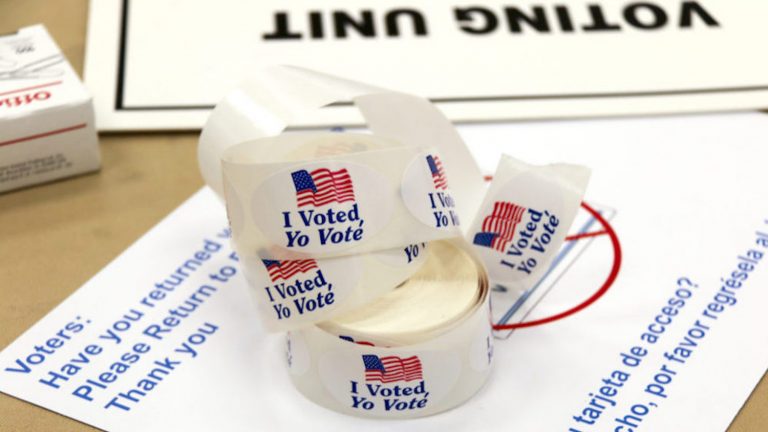Affordable Housing Crisis and Its Impact on Minority Group’s Accessibility
The United States is undergoing an affordable housing crisis, made worse by the current Covid-19 pandemic, impacting low-income minority households disproportionately. This article explores the issue of affordable housing and offers policy-oriented solutions.
The United States has historically not acknowledged housing accessibility as a fundamental human right, even though the Universal Declaration of Human Rights (U.D.H.R), which the U.S. signed, states it. Therefore, the United States treats housing as a commodity or investment, making states more likely to prioritize higher-cost development housing projects.
The Department of Housing and Urban Development (HUD) defines affordable housing as placing 30% or less of one’s income in housing. Numbers show that low-income minority communities spend most of their income on housing, and the housing market has a low supply to meet its high demand.
Housing Climate and Diversity
The 2022 Federal Rental Assistance Fact Sheet shows basic statistics on rental accessibility and where federal money is directed. It shows that the median rent cost in the United States was $1,100 in 2019, an increase of 15% since 2001, but since wages have not caught up at the same rate, 4 in 10 Americans pay half of their income in rent. Over 11 million households spend over 50% of their income on housing. Most of these households don’t receive federal assistance, and money instead benefits higher-income families under homeownership subsidies.
Approximately 37 out of 100 low-income homes are available for rent. There is a shortage of about 6.8 million affordable units. Only 12% of new units cost less than $1,050 a month. Black and Hispanic households are more likely to be low-income renters.
Of all renter households, 35% of Black and 28% of Hispanics are extremely low-income. 57% of African Americans and 52% of Hispanics are renters, and only 25% of white non-Hispanics are renters. Pew Research Center finds that 74% of White households are homeowners, compared to 43% of Black Americans and 48% of Hispanic Americans.
What is striking is that the gap between white and black homeowners was smaller in the 1960s than today.
Disparity In Housing Practices
Fair Housing Act Amendments
While the 1968 Fair Housing Act protects individuals based on race, color, sex, religion, etc., the act has been notoriously amended under the Trump administration, placing the burden of proof on the protected class.
The plaintiff must prove that the practice will have a predictable discriminatory effect. They must guess the defendant’s justification for these practices and argue against them preemptively. It even protects the entity providing housing from the plaintiff by making the latter prove the same profit could have been achieved without a discriminatory practice. Therefore, the amendment prioritizes maximizing profit at the cost of possible discrimination.
Applicant Discrimination
As a result of government-enacted rent controls, rental housing competition in cities like New York and Washington D.C. is exceptionally high. Some housing discrimination cases are as explicit as a landlord looking for a white tenant or can be more indirect. Some examples of this are increasing rent for nonwhite families as a form of eviction and offering applicants in listings to areas where their race is more prevalent.
Immigrants are also impacted. Even if they can pay rent, there are some additional requirements they cannot fulfill. Some applications require social security numbers, which many types of visas do not supply. They might require a credit score, but many banks do not provide credit scores without a social security number. Some applications may require a letter from your current job, which individuals without work visas or permanent residency cannot provide.
Housing discrimination is difficult to detect. According to a New York civil rights attorney, “It is particularly hard to tell if you have been discriminated [against] in housing as opposed to employment. You often don’t know who else as a buyer or renter is looking at the same apartments, homes, or units.”
A study analyzed the manager and renter’s relationship in fictional scenarios. A bot sent random identities of various racial backgrounds to over 8,000 property managers in 50 different metropolitan cities across the U.S. The study finds that 70% of these rental units were ultimately rented by white people, compared to 10% for African Americans and 10% for Hispanics. This is indicative of the landlord’s racial bias.
Policy Solution
Affordable housing is declining rapidly, with half the remaining units over 50 years old (called little a). Government should look to prioritize “big A” housing subsidized projects.
Individuals of different incomes can live in the same community through mixed-income communities. Inner city development tends to come with extreme poverty and little social mobility. Thinking through the lens of combining different income groups as an approach to redevelopment is not simply designed to alleviate poverty but to provide economic vitality.
The introduced bill Yes In My Back Yard, unfortunately not passed, would eliminate barriers to the construction of affordable housing in high-income areas.
The diversity issue of affordable housing must be addressed, keeping in mind its disproportionate impact on minority households. Zoning policies must be more inclusive in fitting low-income minority groups to a quality of life that provides them economic mobility to become potential homeowners.






